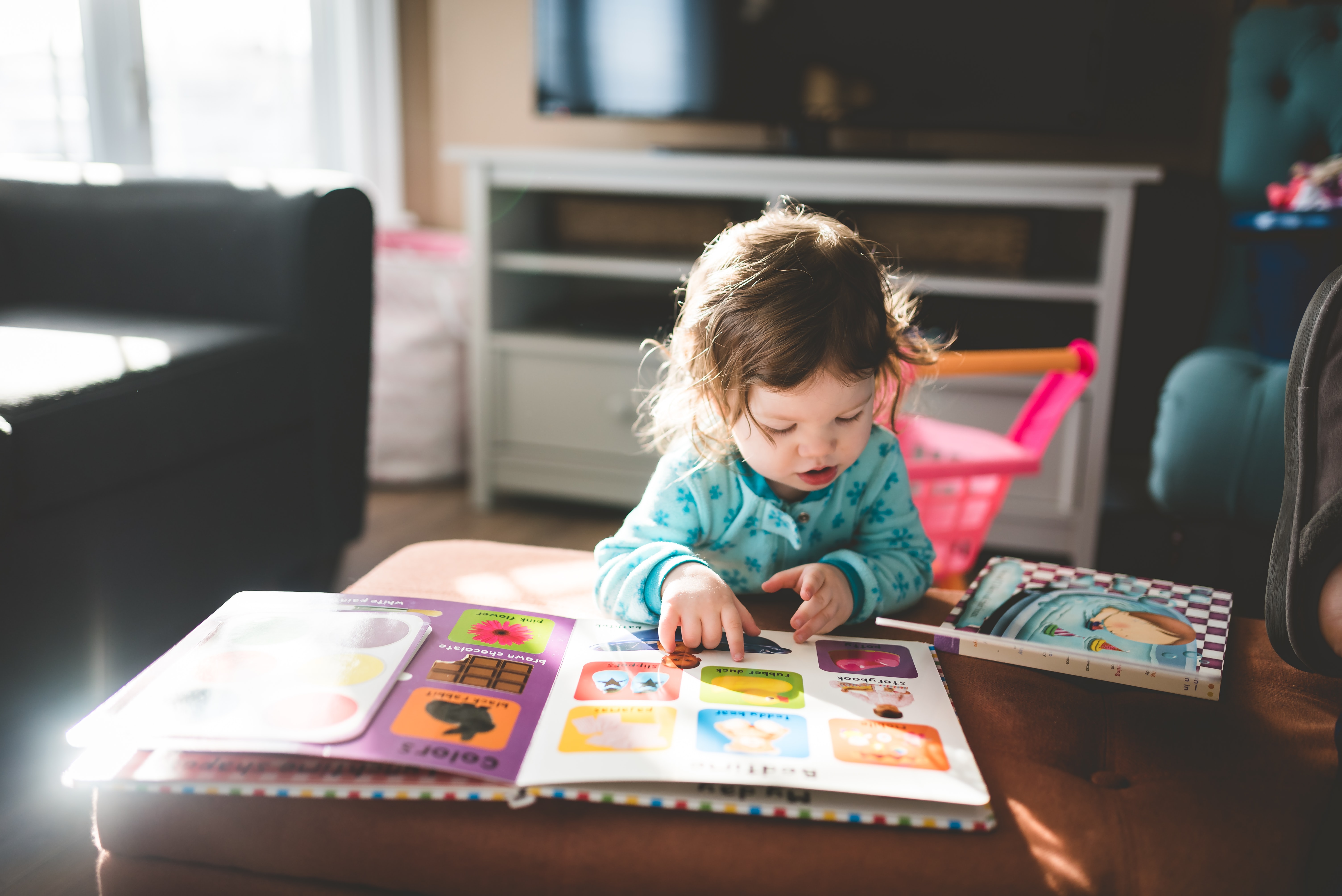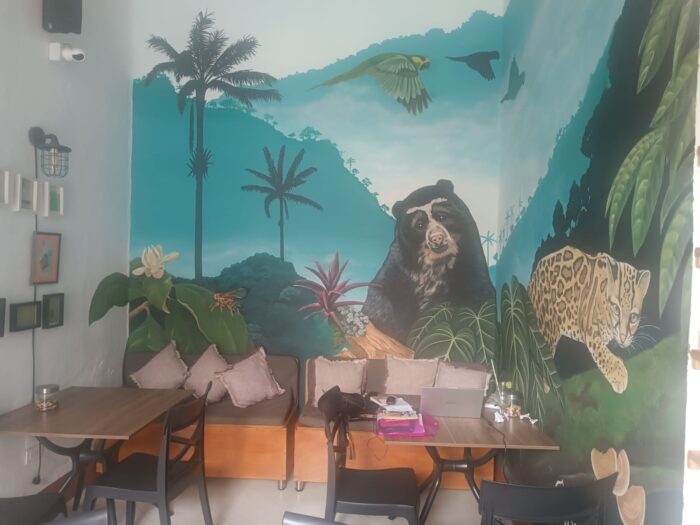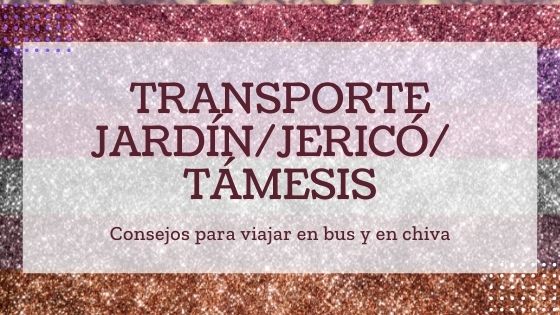In the globalized world we live nowadays, it is more and more common to find love far away from home. Many of these relationships build up all the way into a family. And thus, more binational families are shaping into a very linguistically rich landscape. The children of this families prove how having proficiency in a foreign language is key to widen our understanding of the world. It allows them to reach out for social contact and friendships in far away latitudes. To travel the world and to use the capacities of their brain´s plasticity.
In the world of binational couples…
Having bilingual children became a new normal. It is not a new phenomenon tho. Think of those times when people would meet and marry a partner from the same nationality but from a different region speaking a different dialect. Examples like this can be found in Italy, France, Germany or Switzerland. Fifty years ago, the societies in these countries had not yet homogenized their languages, thus it was possible to have a bi-dialectical family where children had to understand both.
A contemporary picture
Imagine a child of a Spanish-German speaking couple that is born in German-speaking Switzerland. The linguistic landscape includes Spanish as a mother tongue, German as the “official” father tongue, but this father was born in Bavaria, which means he speaks the bayerish dialect. Add to that that in Switzerland every canton has its own dialect, and since none of the parents speaks the partner´s language: their bridge language is English. That means that this one child will be nothing but exposed to 5 languages! Spanish, German, English, Swiss German and bayerish.How can this child communicate? How can this child understand? Will she grow speaking all five languages fluently? How to support her language learning? Which language to prioritize?
These and other emergent topics will come to you in a new series of entries on language learning for binational families. We will share science, investigations, and teaching-learning tools for those binational couples who want to help their children to communicate better. It’s all about helping them make use of the great gift that is to be born bilingual!
By: Luisa Trujillo



